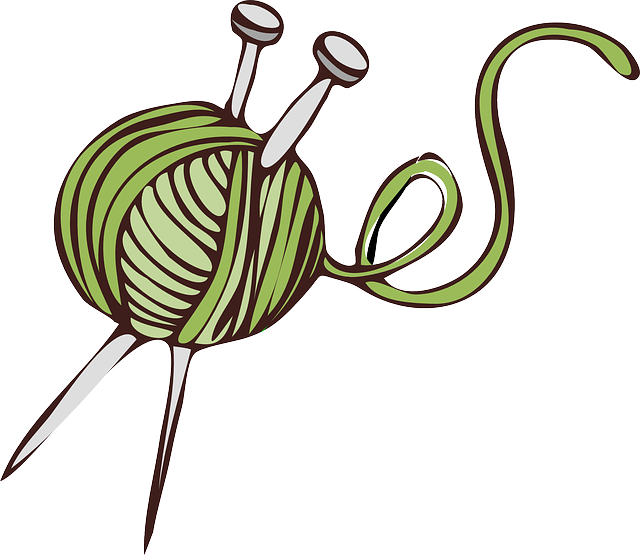The Art of Knitting and Cotting
Knitting and cotting are two timeless crafts that have woven themselves into the fabric of human history. From ancient civilizations to modern societies, the art of creating textiles through knitting and cotting has endured, evolving with each passing generation. In this post, we delve into the rich tapestry of these crafts, exploring their origins, techniques, and enduring appeal.
Knitting: A Tapestry of Tradition
Knitting, with its rhythmic interplay of needles and yarn, is an art form that dates back centuries. Its origins can be traced to the shores of the Mediterranean, where skilled artisans first began to loop and weave fibers into intricate patterns.
Origins and Evolution
The exact origins of knitting are shrouded in the mists of time, but evidence suggests that early forms of knitting emerged in the Middle East around the 5th century AD. From there, the craft spread across Europe, carried by travelers, traders, and migrating peoples.
Knitting flourished during the Middle Ages, becoming a vital domestic skill for households across Europe. It was during this time that knitting guilds were formed, fostering the exchange of techniques and patterns among practitioners.
Techniques and Traditions
Knitting encompasses a diverse range of techniques, from basic stitches like knit and purl to more complex methods such as lacework and cable knitting. Each technique carries with it a rich tradition, often passed down through generations within families and communities.
Today, knitting continues to captivate enthusiasts around the world, with online communities and knitting circles providing platforms for sharing patterns, tips, and inspiration.
Cotting: The Art of Weaving Dreams
Cotting, also known as knotting or macramé, is a form of textile creation that involves the intricate tying of knots to form patterns and designs. Originating in ancient China, cotting has evolved into a versatile craft with applications ranging from decorative wall hangings to functional accessories.
Historical Roots
The roots of cotting can be traced back to the Tang Dynasty in China, where artisans used knotting techniques to embellish garments and textiles. Over time, cotting spread to other parts of Asia, Africa, and Europe, each region adding its own unique flair to the craft.
Contemporary Expression
In recent years, cotting has experienced a resurgence in popularity, fueled by a renewed interest in handmade crafts and artisanal techniques. Modern cotting artists experiment with a variety of materials, from traditional cotton cord to recycled fibers and natural dyes, pushing the boundaries of the craft in exciting new directions.
Bridging Past and Present
While knitting and cotting may seem like disparate crafts, they share a common thread that transcends time and culture. Both are forms of creative expression, rooted in tradition yet constantly evolving in response to changing tastes and technologies.
In an increasingly fast-paced world, the act of knitting a sweater or tying a macramé plant hanger offers a moment of calm and connection to generations past. Through these age-old crafts, we weave ourselves into the fabric of history, one stitch at a time.
Whether you're a seasoned knitter or a novice cotter, the world of textile arts beckons with endless possibilities. So pick up your needles or grab your cord, and join us on a journey through the timeless beauty of knitting and cotting.
This post celebrates the enduring legacy of knitting and cotting, two crafts that continue to inspire and delight artisans around the world.
